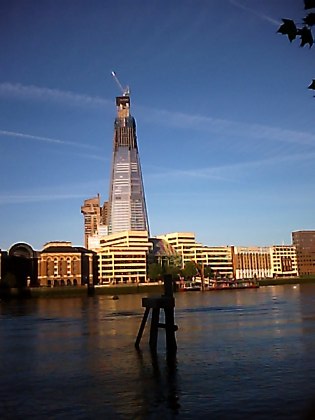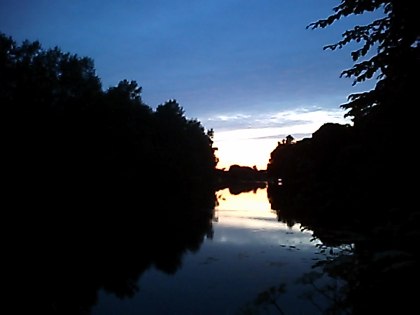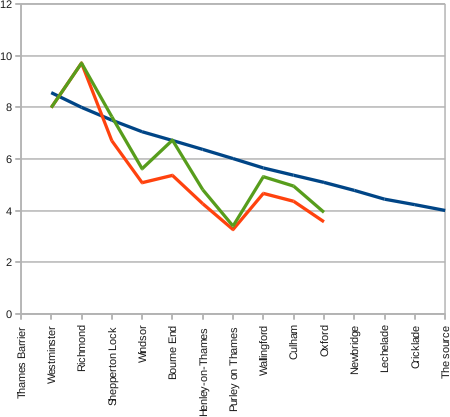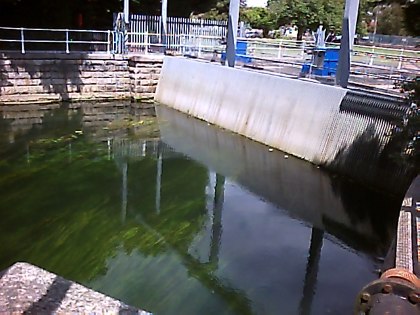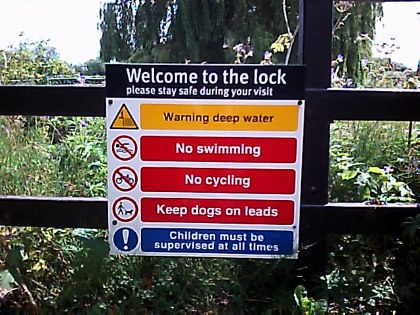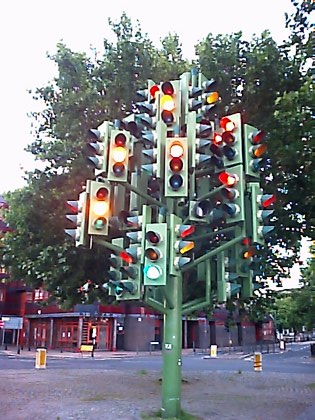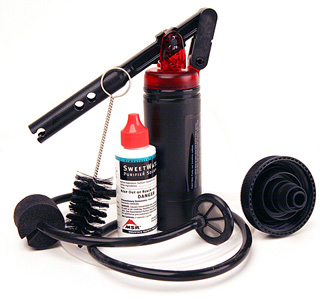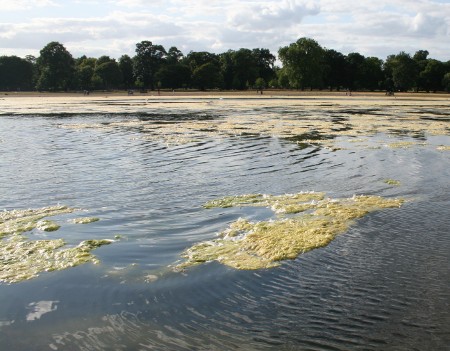Facts
As you probably know I've attempted the
Thames Sources Quest, 296km from the Thames Barrier to its Source last week-end.
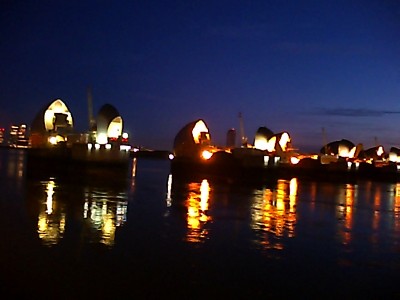
Thames Barrier at 4am
I left on Friday at 4am, carrying a bag loaded with 4kg of food (13,000KCal), 3kg of water for the first 50km of non-tidal Thames, and not much else.
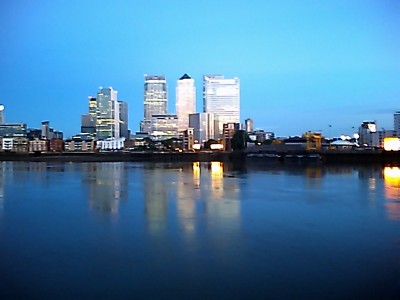
Canary Wharf at 4:30am
The London section was a bit hectic, as the Greenwich foot tunnel was closed (just for the one night I was running...) and I had to follow the South Bank that I hadn't recce'd. Also, a number of the path sections are on private grounds and closed at "night", that is until 7am. I got lost a few times and made a lot of detours. Sometimes unexpectedly bumping into known places (see below). But London before 7am is relatively quiet for a change, with only a few dog walkers and (rather fast) runners.
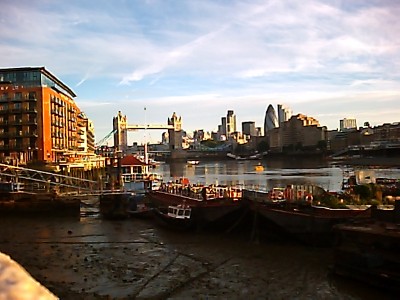
Tower Bridge
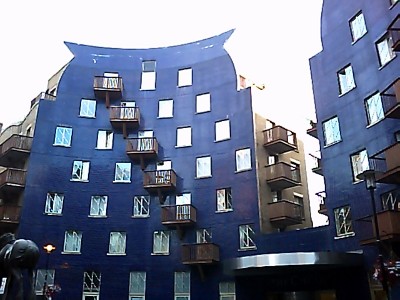
Known location :)
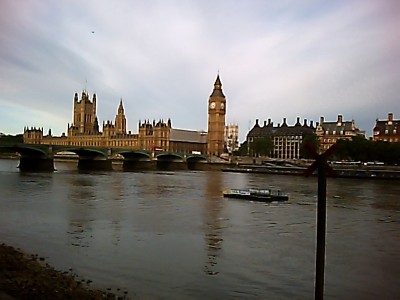
Westminster
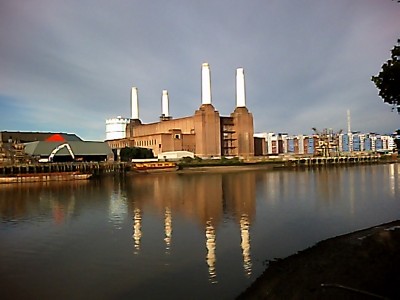
Battersea power station
Things went relatively well until Hammersmith, where I started to feel a bit weak, and even had minor cramps in the quads. Maybe I didn't eat enough, as my stomach was not in a great mood? I decided to push until Richmond anyway (44km) to complete the first marathon and have a brief rest there. Unfortunately, I had to stop a few kilometres short from Richmond to sit down and I even fell asleep... until a dog woke me up by licking my face :) I had a bit of food and felt better, ran to Richmond, sat down and ate again. Things went a bit better from Richmond to Hampton Court (57km).
As I reached Hampton Court at about 12 noon, the sun was getting pretty hot (30°C, native Englishmen would say scorching), and again I was running very little. Walking more and more, and even sitting down from time to time. Passed Shepperton Lock (67km), I was walking most of the time. The day was gorgeous though, and the Thames looked great. I really felt like diving in.
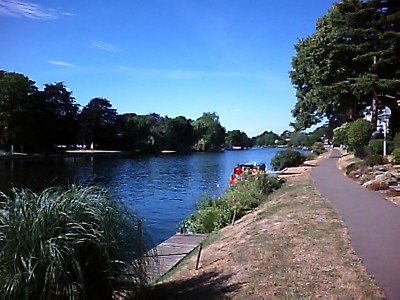
The Thames near Staines
I had my first sip of purified water from the Thames just passed Teddington Lock as my spring water bottles ran out. I have to say the water didn't look amazing at that point, but it became much better upstream from Hampton. The purified water tasted good, but felt a bit heavy. I'm not sure whether it's the nature of the Thames Water, the iodine or my stomach. In the end, it was easy to integrate the Aquapure Traveller
15 minutes dwell time into my rythme: I just had to count three periods of 4 minutes run + 1 minute walk. I thought I drank a lot at the time, although my log sheet later told me I only took water 4 times,
ie. only 2 litres in 7 hours... I also passed water a total of 4 times if you're interested, but only once in these last 7 hours...
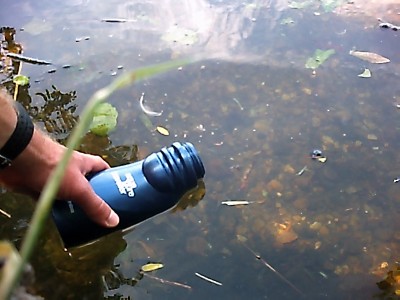
Sampling the Thames Water
Considering that I hadn't enjoyed much of my day, that I was walking most of the time and stopping often, that I was already late by over 4 hours and therefore that I wouldn't be able to reach the source, I decided to give up at Staines (76km). I also had the PTL at the back of my mind and didn't want to jeopardise my and Leo's chances on a project that I would not be able to complete anyway. Essentially, during and after this attempt, I felt like I had run twice as much... (which would still be only half of the TSQ).
As for the "guess my time" competition, John Kynaston got the closest bet with a DNF at 200.5km. Yannick gets the best water in and water out guesses. Congratulations!
Thoughts
There are numerous reasons, which combined together led me to give up. First of all, I was not well prepared physically and mentally. Especially on the latter, I had done a lot of visualization in the past, but not close enough to the actual attempt. Secondly, with the PTL only one and a half month later, I was not properly focused on the Thames.
And there are a lot of other minor reasons, such as the heat, a poor nutrition during the first 4 hours and a poor hydration towards the end. Also, running by Hammersmith (where I live and train) after 35km is a bit demotivating, as it essentially felt like I hadn't covered any ground when reaching the first marathon. More generally I've been relatively tired over the last few months for various reasons. Finally, I might no be such a good runner on flat courses, as I found the UTMB flat sections boring for example?
I also might have been overestimating myself. Thinking I would be able to run any distance at any time, without much training... It might be true up to a marathon distance, but certainly not much further.
Anyway, this is a good wake up call before the PTL!
I think the TSQ remains a great challenge, and I still want to complete it one day. Next year maybe...
Ultra fiasco


